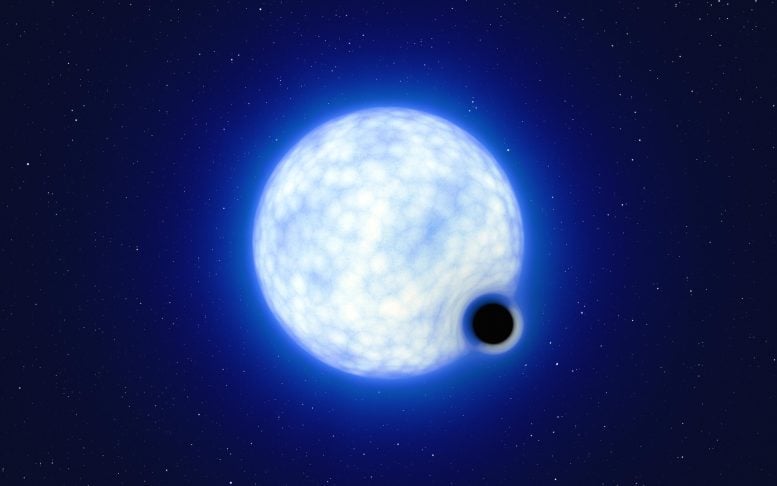

Lots of things out in the Universe can cause a supernova, from the gravitational collapse of a massive star, to the collision of white dwarfs.
But most of the supernovae we observe are in other galaxies, too distant for us to see the details of the process.
So, instead, we categorize supernovae by observed characteristics such as the light curves of how they brighten and fade and the types of elements identified in their spectra.
While this gives us some idea of the underlying cause, there are still things we don’t entirely understand. This is particularly true for one particular kind of supernova known as Type Ia.
You have likely heard of Type Ia supernovae because they are central to our understanding of cosmology.
They have an important characteristic of having a uniform maximum brightness. This means we can observe their apparent brightness, compare it to their actual brightness, and calculate their distance.
For this reason, they are often referred to as standard candles, and they were the first way we learned that the Universe is not just expanding; it’s accelerating under the influence of dark energy.
From the spectra of these supernovae, we can see that the initial brightness is powered by the radioactive decay of nickel-56, while much of the later brightness comes from the decay of cobalt-56.
We also see the presence of ionized silicon near peak brightness, which no other type of supernova has.
This tells us that Type Ia supernova are not caused by the core collapse of a star, but rather some kind of thermal runaway effect.
The most popular model for Type Ia supernovae is that they are caused by the collapse of a white dwarf. When a white dwarf is part of a close binary with an aging red giant, the white dwarf can capture some of the companion’s outer layer.
Over time, the white dwarf captures enough mass that it crosses the Chandresekhar limit, which triggers the supernova. Since the Chandrasekhar limit is always at 1.4 solar masses, this would explain why Type Ia supernovae always have the same maximum brightness.
But as we’ve observed ever more supernovae, we’ve learned that Type Ia supernovae don’t always have the same maximum brightness. There are some that are particularly brighter, with weaker silicon lines in their spectra and stronger iron lines.
There are some that are much dimmer than usual, with strong titanium absorption lines. This doesn’t prevent their use as standard candles since we can identify them by the spectra and adjust our brightness calculations accordingly, but it does suggest that the single progenitor model is incomplete.
One possibility is that some Type Ia supernovae are caused by white dwarf collisions.
Given the calculated number of binary white dwarf systems, collisions can’t account for all supernovae of this type, but stellar collisions are known to occur, and they wouldn’t be bound by the Chandresekhar limit, thus allowing for supernovae that are brighter or dimmer than usual.
It’s also possible that some Type Ia supernovae are caused by accretion from a close companion, but the resulting supernova doesn’t destroy the white dwarf, which could explain the dimmer subtypes of these supernovae.
Right now, there are lots of possibilities, and we simply don’t have enough data to pinpoint causes. But the good news is that with new observatories and sky surveys such as Rubin Observatory coming online soon, we will gather a wealth of observational data, particularly from supernovae that occur within our own galaxy.
This will provide us with the information we need to finally solve this longstanding astronomical problem.
Written by Brian Koberlein/Universe Today.









Leave a Comment